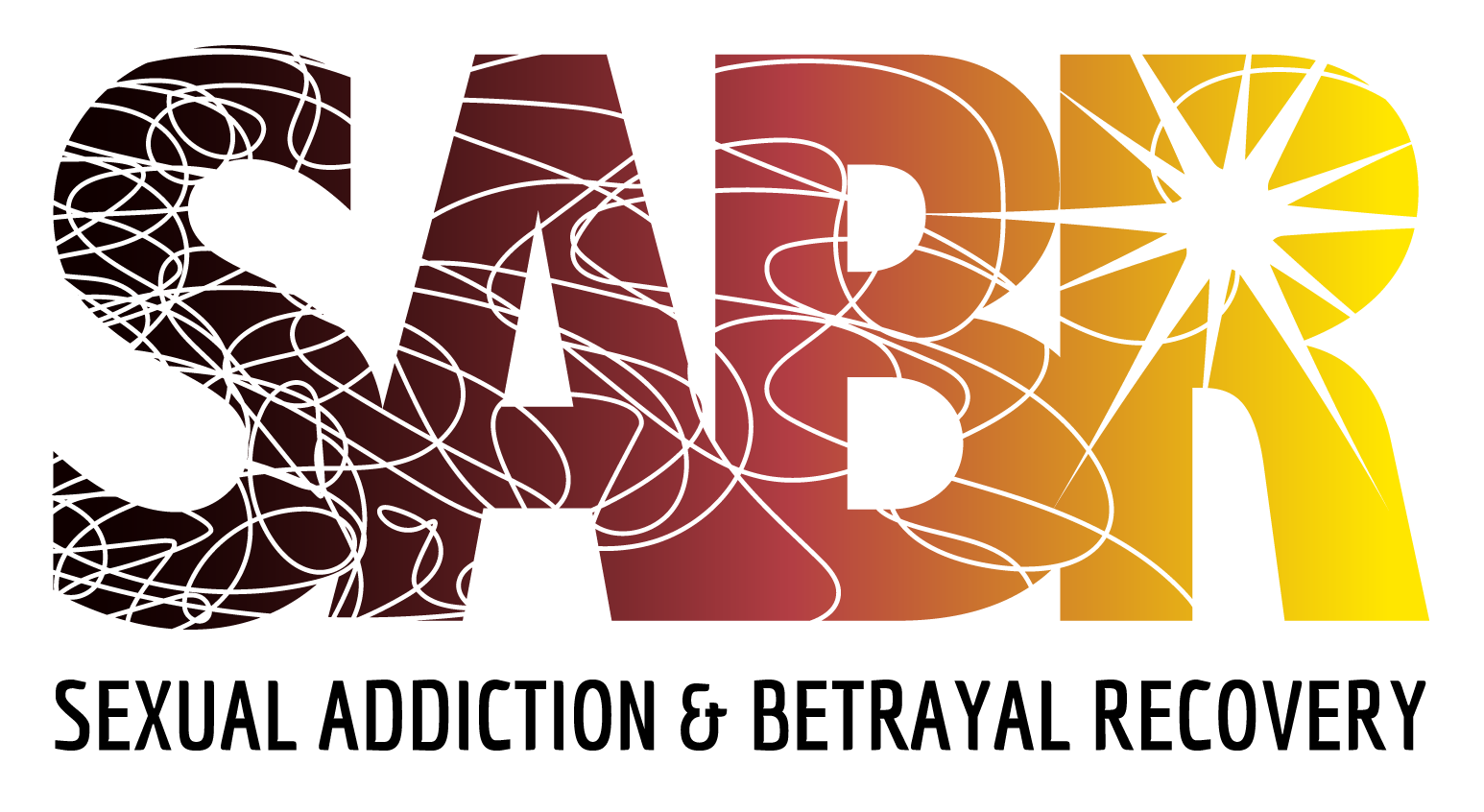
Pornography addiction is a pervasive issue, with shame playing a significant role in its development and perpetuation. For shame-based individuals, the link between their inherent feelings of inadequacy and addiction can be profound. Understanding this connection is essential for effective intervention and long-term recovery.
Shame and Its Origins
Shame often stems from childhood experiences, where individuals may have been subjected to criticism, neglect, or abuse. These early experiences shape their self-perception, leading to a deep-seated belief in their inherent badness. Patrick Carnes, a prominent figure in addiction research, notes, "When a problem occurs, shame-based people immediately assume that it is their fault - an extension of their own inherent badness" (Carnes, p. 119). This pervasive sense of personal fault can persist into adulthood, influencing behavior and emotional responses.
The Cycle of Shame and Porn Addiction
For shame-based individuals, pornography can serve as a coping mechanism to escape their painful emotions. The temporary relief provided by pornography can create a reliance on this behavior, leading to addiction. Carnes further explains, "And since being out of control is perceived as the ultimate defect, addicts will experience a series of alternating cycles of shame and guilt which leave them hopeless" (Carnes, p. 121). The feeling of being out of control exacerbates the shame, creating a vicious cycle that is difficult to break.
Childhood Experiences and Addiction
Shame-based individuals often carry unresolved issues from their childhood. These issues may have nothing to do with their addiction but still play a crucial role in its development. For instance, a person who grew up feeling unloved or unworthy may turn to pornography to fill an emotional void. The addiction then becomes a symptom of deeper psychological wounds. Addressing these underlying issues is critical for recovery, as it helps individuals understand the root causes of their addiction.
Intervention and Recovery
Intervention for porn addiction must address the core of shame to be effective. Therapeutic approaches should focus on helping individuals recognize and challenge their negative self-beliefs. Programs like the Structured Addiction Behavioral Recovery (SABR) offer comprehensive strategies that include education, self-awareness, and support. By fostering an environment of empathy and understanding, these programs can help individuals confront their shame and develop healthier coping mechanisms.
One of the key aspects of intervention is helping individuals separate their sense of self from their behaviors. This involves recognizing that addiction does not define them and that their inherent worth is not diminished by their struggles. By addressing the core of shame, individuals can begin to rebuild their self-esteem and move towards long-term recovery.
Conclusion
Shame-based tendencies play a significant role in the development and perpetuation of pornography addiction. For those who have experienced shame from childhood, the journey towards recovery involves confronting and healing these deep-seated beliefs. As Carnes' research highlights, effective intervention must focus on addressing the core of shame to break the cycle of addiction. Programs like SABR provide a structured path to recovery, offering hope and support to those affected by pornography addiction.
Family Strategies Counseling Center has actively serviced clients since 2000 in treatment for pornography addiction symptoms or sexually compulsive behavior. Our SABR program for adults, Tribe for college students, and Band of Brothers for teens can help you! Give us a call at (800) 614-8142 or visit our website for more information: Family Strategies Counseling Center.
References
Carnes, P. (1994). Contrary to Love: Helping the Sexual Addict. Hazelden Publishing.

 -->
-->